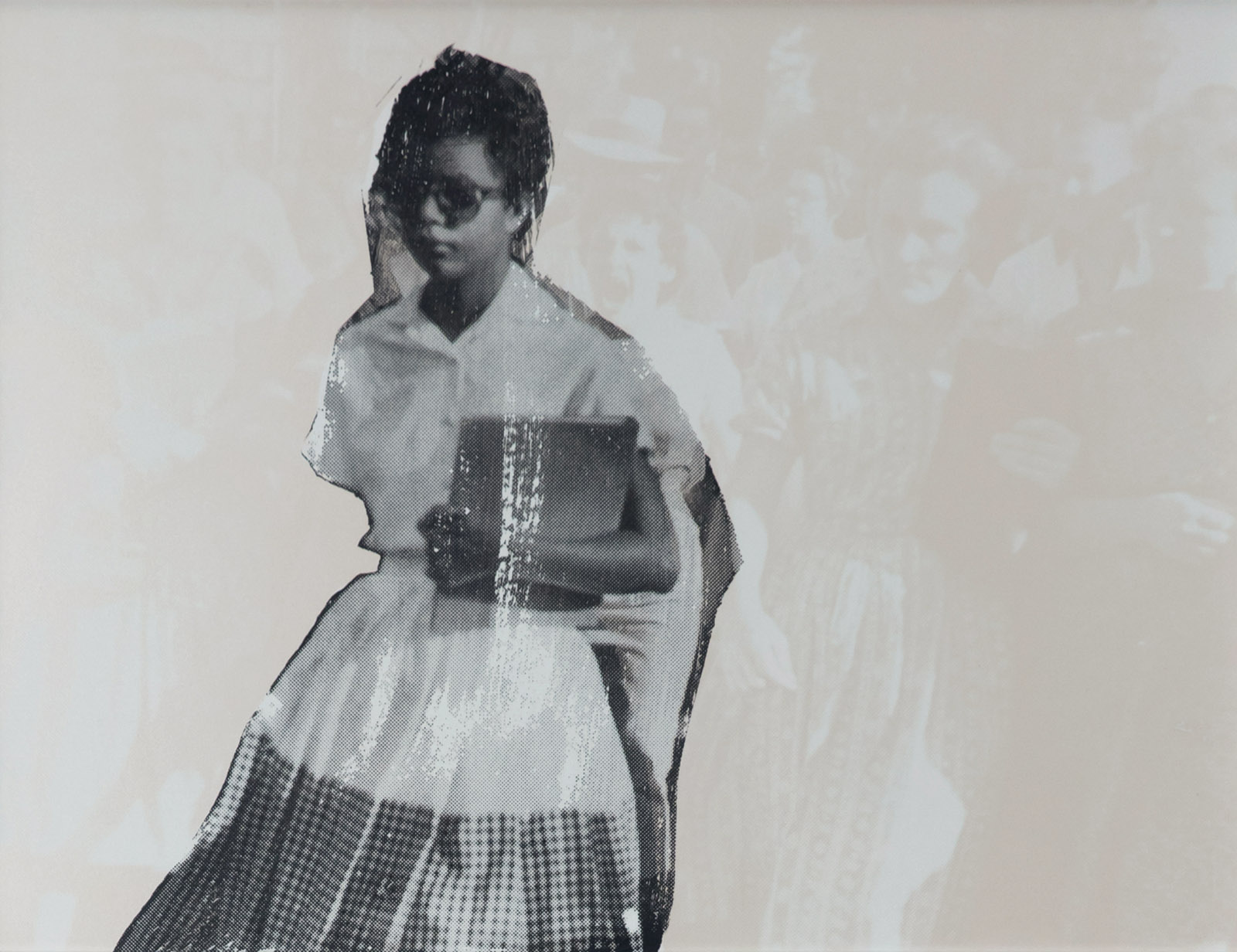Stephen Breyer’s dissent in the Supreme Court’s Parents Involved case has proved prophetic about the decision’s consequences for racial integration in public schools.
~~ recommended by emil karpo ~~
Among the thousands of cases the Supreme Court has decided, only a handful of dissenting opinions stand out. There is Justice John Marshall Harlan’s solitary dissent in Plessy v. Ferguson, the 1896 decision upholding the doctrine of “separate but equal.” “All citizens are equal before the law,” Harlan objected. “There is in this country no superior, dominant, ruling class of citizens.” Another is Justice Robert Jackson’s warning in Korematsu v. United States—the 1944 ruling that upheld the wartime internment of more than 120,000 people of Japanese descent, most of them American citizens—that the Court had delivered a decision that “lies about like a loaded weapon ready for the hand of any authority that can bring forward a plausible claim of an urgent need.”
Justice Ruth Bader Ginsburg’s dissenting opinion in the 2013 Shelby County case that eviscerated the Voting Rights Act—throwing out the law “when it has worked and is continuing to work…is like throwing away your umbrella in a rainstorm because you are not getting wet”—has also made it into the canon. The opinion written jointly by Justices Stephen Breyer, Sonia Sotomayor, and Elena Kagan in dissent from Dobbs v. Jackson Women’s Health Organization, the decision that overturned Roe v. Wade in June, is likely to find its way there as well.1
Another Breyer dissent, in the 2007 case Parents Involved in Community Schools v. Seattle School District No. 1, rarely makes such lists today. The decision, which invalidated modest efforts by two public school systems to resist the tide of resegregation, received a fair amount of attention at the time—and so did Breyer’s dissent, which he delivered from the bench on the final day of the Court’s 2006–2007 term for an astonishing twenty-two minutes, the longest oral delivery of any opinion, majority or dissenting, in Supreme Court history.2 But memories have faded as other sharply contested cases have filled the Court’s docket. The legal historian Melvin I. Urofsky, in his Dissent and the Supreme Court: Its Role in the Court’s History and the Nation’s Constitutional Dialogue (2015), briefly discusses the case without even mentioning Breyer’s opinion.
Parents Involved is important nonetheless. The question at its heart—whether student-placement policies or, by extension, university admissions programs can ever take account of race—is arguably even more relevant now than it was fifteen years ago. Chief Justice John Roberts’s answer, for himself and Justices Antonin Scalia, Clarence Thomas, and Samuel Alito, was no. (Justice Anthony Kennedy wrote a separate concurring opinion.) Invoking what he characterized as the nondiscrimination principle of Brown v. Board of Education—the unanimous 1954 ruling that racial segregation of children in public schools was unconstitutional3—Roberts wrote, “The way to stop discrimination on the basis of race is to stop discriminating on the basis of race.

No comments:
Post a Comment